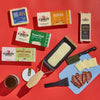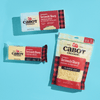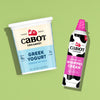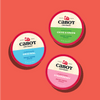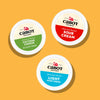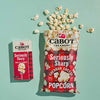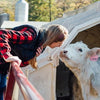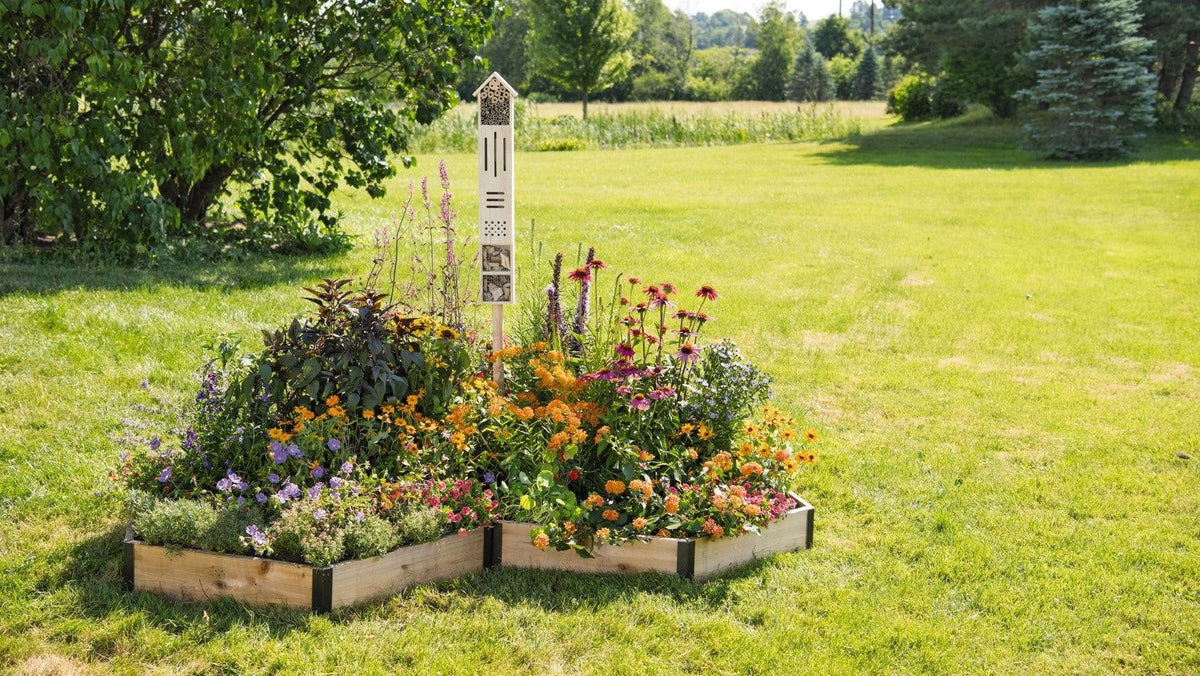
The Importance of Pollinators
It’s early summer here in the Northeast, with flowers in full bloom and our farmers’ and employees’ gardens and lands starting to see the first yield of a summer harvest. From picking lettuce to strawberries to daisies, we love the season and being outside with family and friends.
Our farmers know that we could not have the food that we do without the help of a very special group of birds, bats, and insects called pollinators. An essential part of our food system, they are responsible for supporting the growth of 1/3 of the world’s food sources!
Pollinators are birds and insects who help plants produce grow and multiply through transporting pollen from plant to plant (or flower to flower). This relationship serves two purposes: the plants are fertilized and able to grow and reproduce and the pollinators are fed.
Pollinators play a very unique role in the food eco-system, and while humans have tried to create machines to mimic the work of a pollinator, it is impossible to do it in a way that is as sustainable, natural, and beautiful as a native pollinator.
How can I support pollinators?
- Due to habitat destruction, climate change and an increased use of pesticides, pollinators are in trouble. It is crucial that humans step in and help develop habitats for these special species before they are gone for good. Luckily, supporting pollinators can be both beautiful, delicious, fun:
- Check out Cabot’s Pollinator Patch for great activities to introduce and excite your family about the important role pollinators play, and how we can help!
- Plant flowers that pollinators love: this can include milkweed (For monarch butterflies), nectar or pollen producing plants (like snapdragons, potatoes, marigolds, carrots, dill, and lavender). A lot of these plants do well in hanging baskets or other containers, so if you don’t have a ton of outdoor space, you can still do your part! Gardener’s Supply has a specific garden guide that attracts bees, butterflies, and hummingbirds.
- Plant flowers and other veggies/fruits that come into bloom at various times of the year, ensuring a food source the whole season long.
- If you have the space, let part of your lawn or garden “go wild”, which allows for a safe home for pollinators. Bird baths are also a nice and fun touch!
- Rather than using a pesticide to kill unwanted insects in your garden, consider introducing native American ladybugs to help get the job done!
- Buy honey and other vegetation from local producers at a Farmer’s Market or CSA.
